A unique temple where the Shivalingam changes five colours in a day
Kalyanasundaresar Temple or Thirunallur is dedicated to Lord Shiva, located in Nallur, in the outskirts of Kumbakonam. Shiva is worshiped as Kalyansundaresar or Panchavarneswarar and his consort Parvati is depicted in many names like Girisundari, Kalyanasundari, Tiripurasundari, Vanduvaazh Kuzhali. Lord Panchavarneswarar is Swayambu in this Sthalam.

There are 23 stone inscriptions in this temple which mostly date back to the periods of Chola kings – Uthama Chola, Raja Raja Chola I and Rajendra Chola I. A few inscriptions belong to the Hoysala and Vijayanagara empires. This temple is under the administrative control of Thiruvavaduthurai Aadheenam since the early part of the 13th century.
As per Hindu mythology, Adisheshan (the serpent on whom Sri Mahavishnu rests) and Vayu (lord of the winds) fought among themselves frequently to test their superiority. During one such struggle, against Vayu’s severe wind, Adhiseshan failed to hold on to the sacred mountain Maha Meru. In this process, two peaks of the mountain were dislocated and fell onto the earth, one at this place Nallur and the other at Aavoor, a nearby village. The Shivalingam here is believed to have formed from the mountain peak that fell here.

Lord Shiva’s lingam here changes its colour 5 times in a day, - copper, pink, gold, emarald green and one that could not be recognised. Hence, the lord is praised as “Sri Panchavarneswarar” (“pancha” means five, “varnam” means colour and “eswarar” means the lord in Tamil). Inside the sanctum, at the back of the main lingam, there is a sculpture of Lord Shiva and Goddess Parvathi in their wedding form. Mahavishnu and Brahma can also be seen in this sculpture.
According to legend, when Saint Thirunavukkarasar pleaded to Lord Shiva for “Thiruvadi deeksha” (Feet Darshan), Lord Shiva advised the saint to come to this Nallur temple. It is believed that Lord Shiva gave the Thiruvadi deeksha to Saint Thirunavukkarasar here by placing his feet on the saint’s head. A unique tradition in this temple is that, “Sadaari” (lord’s foot) is placed on the heads of devotees as a form of blessing. Usually “Sadaari” blessing is given in all Vaishnava temples. This is the only Shiva temple to follow this tradition. In his hymn, Saint Thirunavukkarasar refers this place as “வடபால் கயிலையும் தென்பால் நல்லூரும் தம் வாழ்பதியே”, meaning – Kailash in the North and Nallur in the South are the places where Lord Shiva lives.

Amaraneethi Nayanar, one of the 63 Nayanmars in Shaivism lived and attained salvation here. The temple tank called “Saptha Sahara Theertham” is believed to be created by Saint Narathar, with the water from all seven oceans of world to help Kunti Devi (Mother of Pandavas in Mahabharatha) getting relieved from her sins. Since Kunti Devi belongs to the star Magam, it is said that women of Magam star can be relieved of any Dhosam by taking bath in this Theertham.

Ashtapuja Kaali (with 8 hands) is housed in the south corridor of this temple. This Kaali is very popular among women devotees, especially pregnant women. They conduct their bangle wearing ceremony here during their pregnancy and pray for an easy and safe delivery.
It is believed that ancient Chola King Kochengat Cholan built about 70 “Madakkoils”. The distinguishing feature of a Madakkoil is that it is not easily approachable by an elephant. He built these temples at an elevation and there are a few steps that need to be climbed before seeing the lord. Also, the sanctum sanctorum’s (Karpagragam) entrance is narrow such that no elephant can enter it. This temple is also a Madakkovil.
The “Balipeeta” (platform for making offerings) is referred to as Lord Gananathar. It is considered to be a form of Lord Shiva. There are only two places where Gananathar can be seen in this form – one in Varanasi (Kasi) and the other one here.

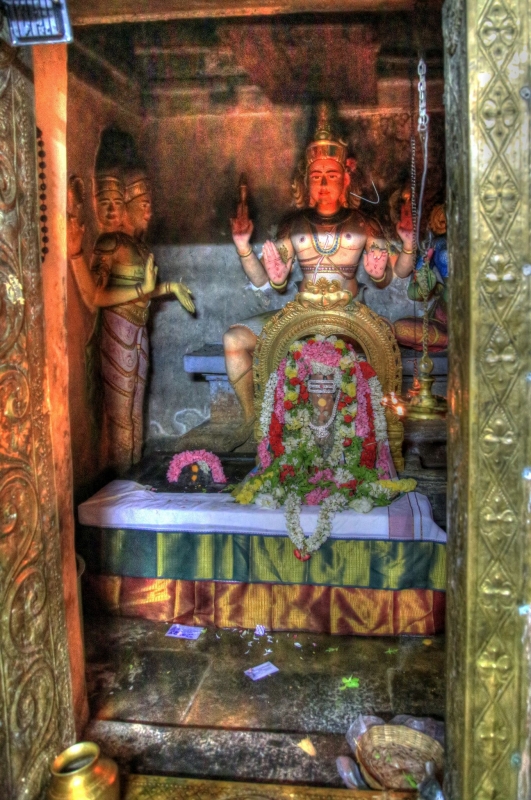
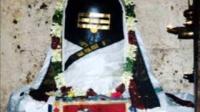


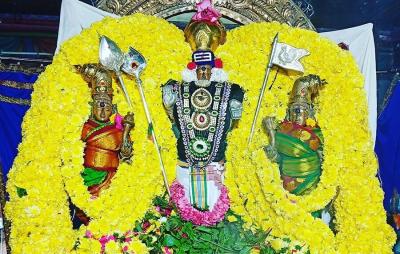
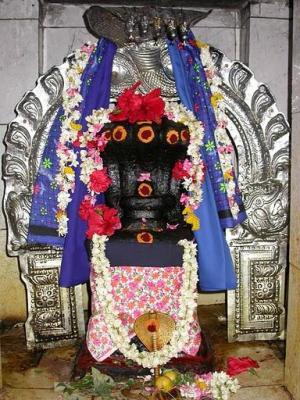
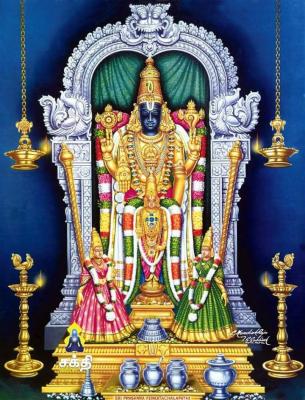

Leave a Comment